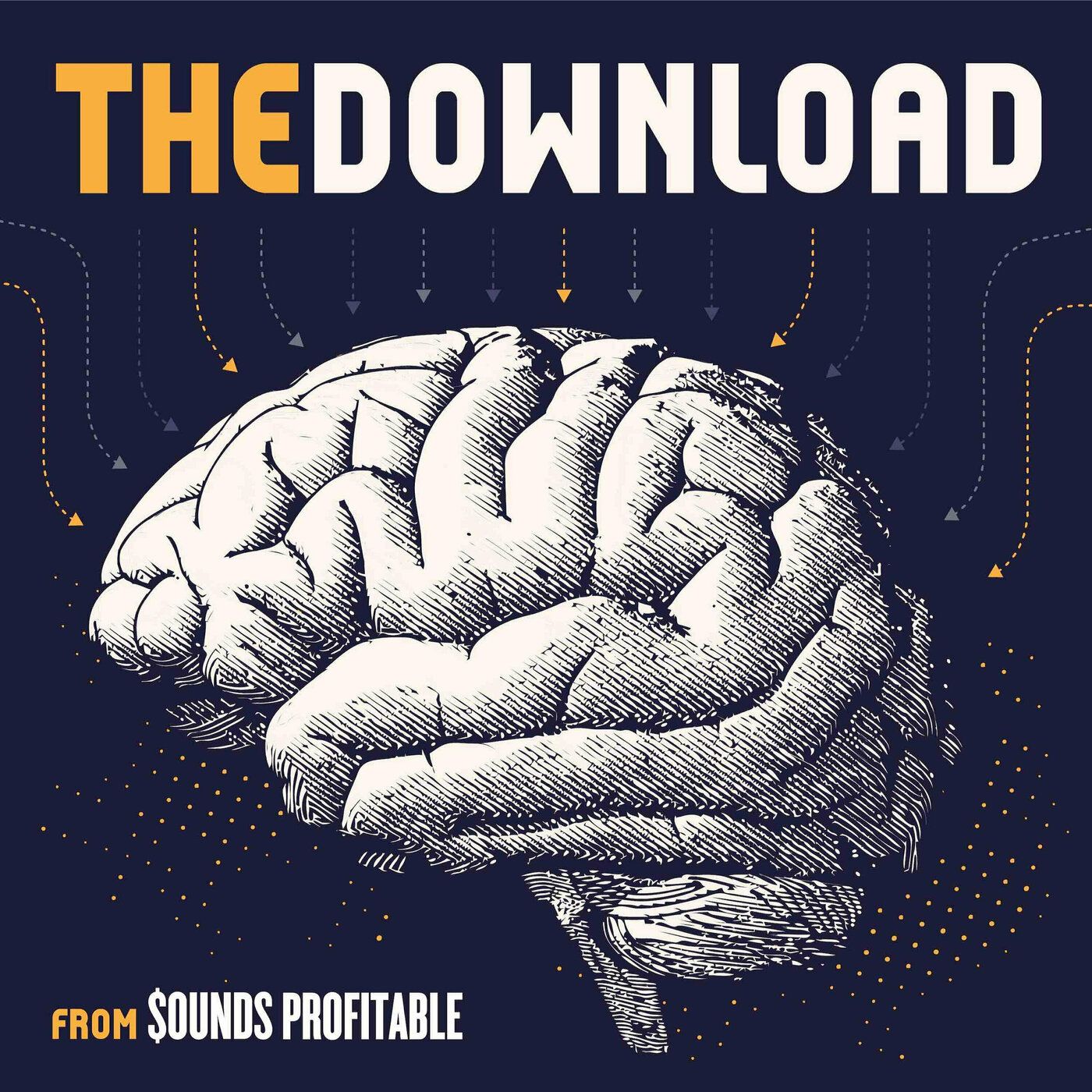Podcast Episode Details
Back to Podcast Episodes
Apple Ramps Up Its In-House Podcasting Efforts & 6 other stories for August 18th 2022
Episode 8
This week: Apple’s funding podcasts, brand safety tech continues to divide advertisers, what more can and should ad agencies do to support journalism, Edison’s Latino Podcast Report, and Spotify bundles Chartable and Podsights access for Megaphone users Apple Ramps Up Its In-House Podcasting Efforts with Studio Deal Manuela: Rumors of Apple getting into podcasting bore fruit last week with official confirmation. At least, sort of. Ashley Carman and Lucas Shaw’s Bloomberg piece from last Wednesday explains: “The investments have been led by Apple’s TV studio, rather than its podcast division. Despite being one of the biggest distributors of audio in the world, the company’s podcasting unit has avoided funding individual shows or buying networks because it wants to be seen as a neutral platform.” That TV division has entered into a deal with Futuro Studios to fund the creation of podcasts while Apple retains first-look rights on film and TV adaptations. In essence, the deal creates a pilot-factory for Apple to generate new IP and test them in the world of podcasting before graduating to the more expensive filmed version. “Apple hasn’t pumped nearly as much money into original podcasts as Amazon and Spotify Technology SA, which have each spent more than $1 billion acquiring companies and programming. Spotify, Apple’s rival in music streaming, has made some of the most popular podcasts in the world exclusive to its service and thus unavailable to the competition.” Podcasting is becoming a relatively affordable testing ground for IP instead of fully committing to a TV pilot, along with the added bonus of any successful IP getting a built-in audience of fans before the first day of shooting. Successful shows like Netflix’s Dirty John adaptation are proving the method can work and work well. ‘A key impediment’: Brand safety tech continues to divide advertisers into haves and have-nots Shreya: This Monday Seb Joseph of Digiday posted an article detailing the growing divide in how advertisers handle being posted to news sites when big, predominantly negative stories break. Nobody wants to be the next viral sensation getting roasted worse than Mr. Peanut when Planters’ ad campaign temporarily killing their mascot coincided with the death of Kobe Bryant. In a world full of dangerous news cycles, brand safety tech companies like Integral Ad Science are able to impart more granular control over what content is considered brand-safe in a timely manner. “Then there are those marketers who don’t use the technology. Take British newspaper group Reach plc, for example, which has said the war in Ukraine significantly dampened advertiser demand. This won’t surprise anyone. The truth is the downside is too steep and the upside too obscure for many marketers to do anything but avoid the polarizing news. That said, not every marketer sees it this way. And if they could afford to, they would advertise on news sites — just in a more nuanced manner.” An unintended side effect of advertisers deciding what topics are acceptable to block ads on is that some of the biggest news stories are also cutting off some of the potentially best-written journalism of the moment. Joseph quotes Zefr EVP of Strategy and Marketing: “We actually don’t accept or use keyword blocklists as a policy in our company, because they end up causing the same damage to over-blocking quality voices over and over again and they just don’t work well in UGC environments. We instead apply the GARM [Global Alliance of Responsible Media] models for debated sensit
Published on 3 years, 3 months ago